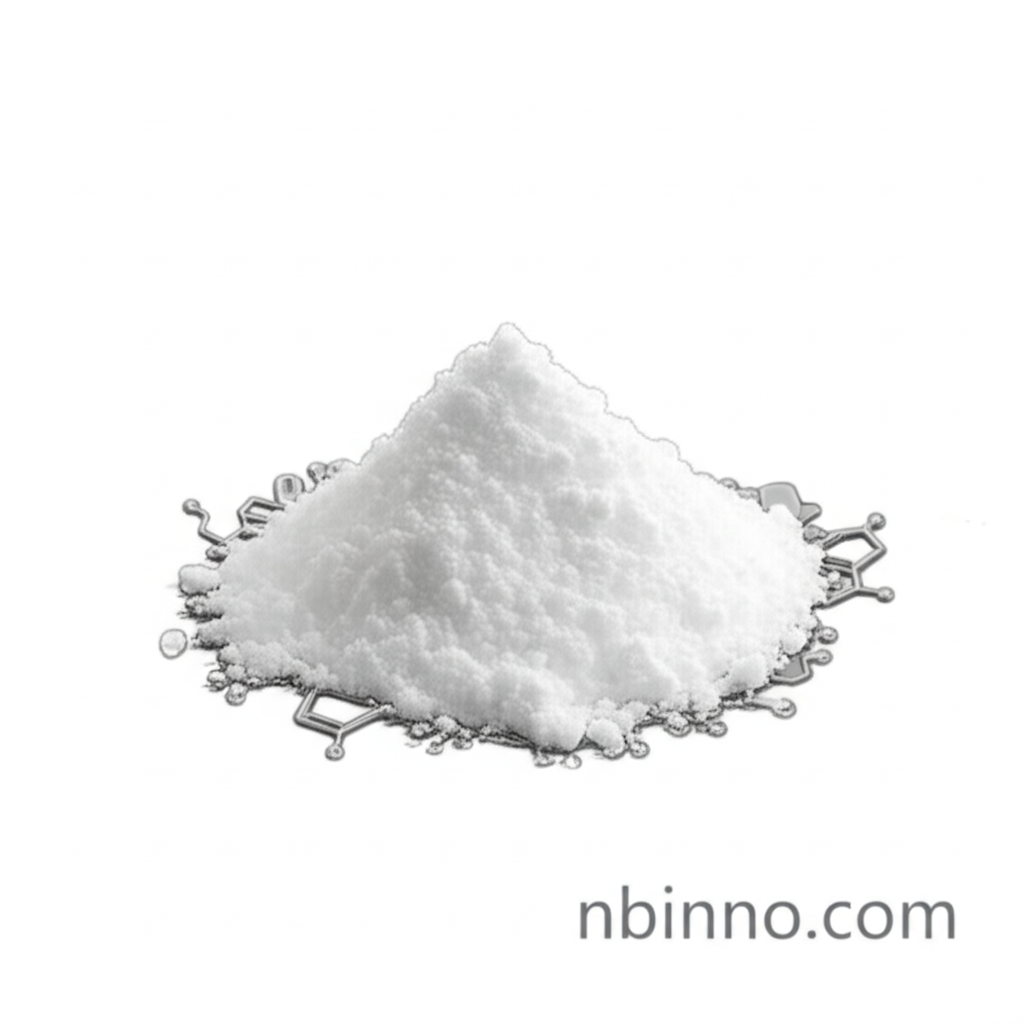High-Purity 3-Amino-3-(2-thienyl)propionic Acid: Your Key Building Block for Advanced Synthesis
Discover the essential chemical intermediate, 3-Amino-3-(2-thienyl)propionic acid (CAS 3270-89-1). This high-purity compound, presented as a white to off-white solid or powder, is a critical component for innovative research and development in the chemical and pharmaceutical industries. Explore its properties and applications as a premier supplier.
Get a Quote & SampleProduct Core Value

3-Amino-3-(2-thienyl)propionic acid
As a leading supplier in China, we offer high-quality 3-Amino-3-(2-thienyl)propionic acid. This compound serves as a vital building block in organic synthesis, particularly in the development of novel pharmaceuticals and fine chemicals. Its unique structure, featuring both an amino acid moiety and a thiophene ring, makes it invaluable for creating complex molecules. We are committed to providing reliable materials to support your critical research and manufacturing needs.
- Unlock advanced synthesis pathways with high purity 3-Amino-3-(2-thienyl)propionic acid, ensuring consistency and efficacy in your reactions.
- Explore the benefits of using this versatile chemical intermediate for custom synthesis, enabling tailored molecular design.
- Investigate the competitive 3-Amino-3-(2-thienyl)propionic acid price for your bulk requirements from a trusted manufacturer in China.
- Source your critical pharmaceutical building blocks with confidence, knowing our products meet stringent quality standards for drug discovery.
Advantages Offered
Exceptional Purity
Our 3-Amino-3-(2-thienyl)propionic acid boasts a purity of over 97%, crucial for sensitive synthetic processes and ensuring reproducible results in your research and development projects.
Versatile Building Block
Leverage this compound for custom synthesis, enabling the creation of diverse and complex molecular structures tailored to specific applications in the chemical and pharmaceutical sectors.
Reliable Supply Chain
As a dedicated supplier in China, we guarantee a consistent and dependable supply of 3-Amino-3-(2-thienyl)propionic acid, supporting the continuous operation of your laboratory or production facility.
Key Applications
Pharmaceutical Research
Utilize 3-Amino-3-(2-thienyl)propionic acid in drug discovery and development, serving as a key component in synthesizing potential therapeutic agents. Understanding the buy 3-Amino-3-(2-thienyl)propionic acid options is vital for research continuity.
Organic Synthesis
Employ this versatile molecule in complex organic transformations, facilitating the construction of intricate chemical architectures. The 3-Amino-3-(2-thienyl)propionic acid synthesis is a critical area for academic and industrial chemists.
Chemical Manufacturing
Incorporate this compound into manufacturing processes for fine chemicals, where its unique properties contribute to the efficacy and specificity of the end product. Investigating the 3-Amino-3-(2-thienyl)propionic acid price can help optimize production costs.
Peptide Chemistry
As a non-natural amino acid derivative, it can be integrated into peptides to enhance stability, bioavailability, or introduce novel functionalities, making it valuable in peptide synthesis.
